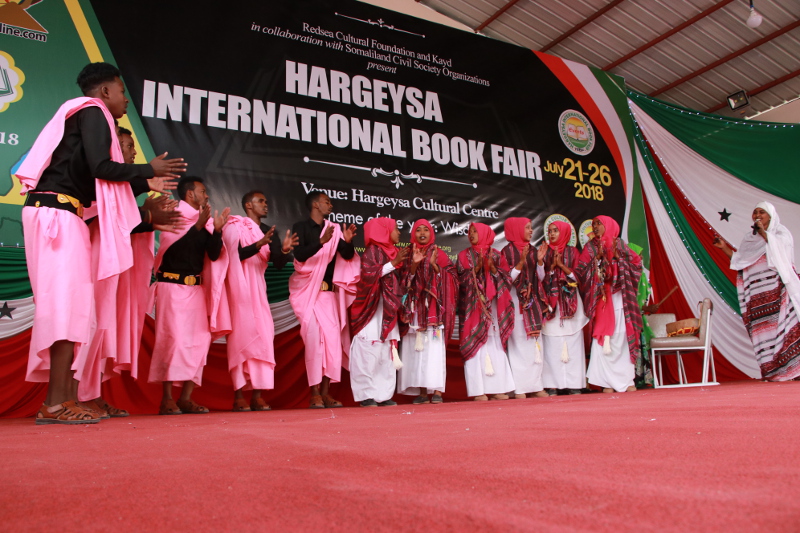Abstract: This paper formulates some changes in Somali poetry composition through the transition of the Somali literature from oral to a written culture since the introduction of a writing system for the Somali language in 1972. These changes are first observed through the comparison of themes and styles of poetry used by the classic nomadic and pastoralist poets (1800-1970ies) versus the themes and styles used by the educated university graduate poets in the cities (post-1972). A second comparison is done between the first generation of educated poets (1970ies – 1990) and the current generation of young poets in the era of social media, and how these changes are observed in the literature both in terms of imaginative themes on social issues, and the introduction of new styles and structures of poetry by the contemporary poets. To understand better the comparison, the peculiarities of Somali poetry, including the alliteration and meter system, are briefly explained. In the second part, the paper explores new insights and developments in Somali lyrics writing where contemporary lyricists are experimenting with new styles of poetry writing, including the introduction of multiple alliterations and the expansion of the Somali lyrics to a rhymed style. A corpus of 21 selected songs is identified within the Somali Corpus (see www.somalicorpus.com) and analyzed focusing on the introduction of the multiple alliterations and the use of the poem’s rhyme style. The songwriters have been interviewed on their views of these new developments and to fact-check with them the contents of the peoms (order of the verses in the lysics and their meaning), and some of the lyrics have been translated into English to reflect on the themes they deal with. The term Tidcan as a poem with more than one alliterative sound for the entire poem is coined here by using an existing Somali word with another meaning. In fact, the word “tidcan” means literally braiding: like tima tidcan=braided hair. The paper finally questions the impacts of these developments on music composition for the Somali song.
Download the full article here: http://www.sciencepublishinggroup.com/journal/paperinfo?journalid=502&doi=10.11648/j.ijla.20210903.13



















![Rooxaan – gorfeyn sheeko [Somali and English]](http://www.jamamusse.com/wp-content/uploads/2018/09/rooxaanCover.jpg)